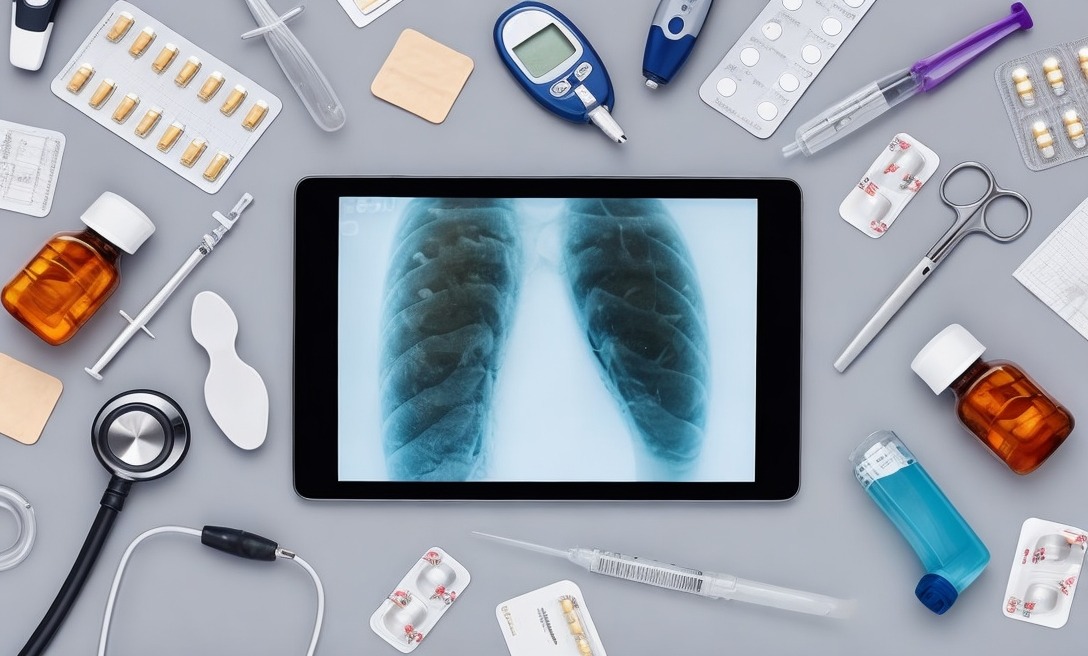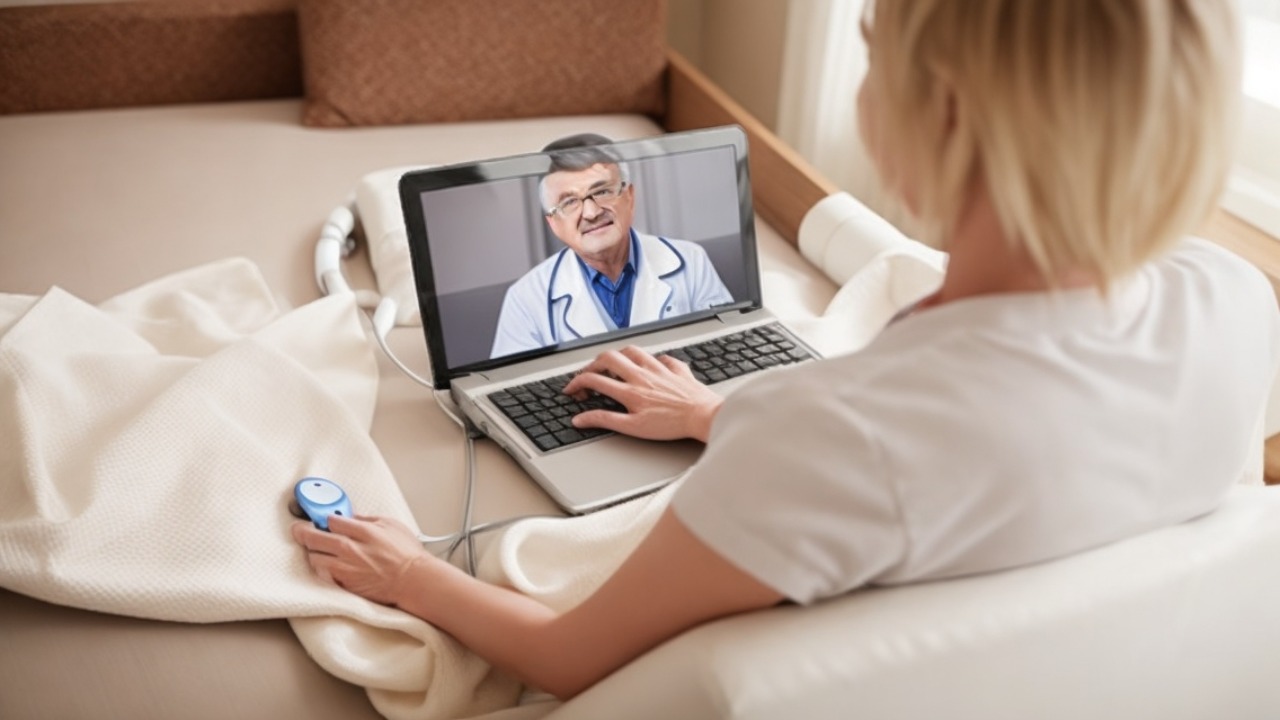In the 21st century, medical practitioners play a crucial role in providing healthcare services and improving patient outcomes. With the advancement of technology, the healthcare landscape has evolved significantly, bringing about new opportunities and challenges. In this article, we will explore the importance of medical practitioners in today’s world, the impact of technology on medical practices, and the must-have medical instruments that contribute to the delivery of exceptional patient care.
The evolving healthcare landscape demands medical practitioners to adapt to new methods and technologies. With the integration of digital systems and the use of advanced medical instruments, practitioners can enhance their diagnostic accuracy, improve patient monitoring, and provide more personalized treatment plans. Technology has revolutionized the way medical practitioners operate, fostering better patient experiences and outcomes.
Medical instruments and devices play a vital role in the delivery of healthcare services. From basic tools like stethoscopes to cutting-edge robotic surgical systems, these instruments assist in accurate diagnosis, treatment, and surgery. The precision, quality, and advancements in medical instruments have significantly improved patient care and led to better treatment outcomes.
Understanding Medical Instruments

Medical instruments are tools used by healthcare professionals to diagnose, treat, and monitor patients. They encompass a wide range of devices, from simple handheld tools to complex machinery. These instruments aid in gathering critical health information, identifying medical conditions, and guiding medical interventions.
There are various types of medical instruments commonly used by practitioners in different specialties. Some examples include stethoscopes, otoscopes, ophthalmoscopes, sphygmomanometers, and thermometers. Each instrument serves a specific purpose and helps gather accurate information to guide healthcare decisions.
The quality and precision of medical instruments are of utmost importance. A minute difference in measurements or accuracy can affect a diagnosis and consequently impact patient care. It is essential for medical practitioners to invest in high-quality instruments that undergo rigorous testing and adhere to industry standards.
Case studies have shown the significant impact that advanced medical instruments can have on patient outcomes. For example, the use of robotic surgical systems in complex surgeries has led to reduced complications, shorter recovery times, and improved surgical precision. Advanced imaging instruments like MRI and CT scanners enable accurate diagnosis of diseases, providing crucial information for treatment planning.
Medical instruments are constantly evolving and adapting to new technologies. With the rise of digital health, instruments are now equipped with connectivity features that enable seamless integration with electronic health records. This integration improves data accessibility, enhances communication between healthcare providers, and streamlines patient care.
The Significance of Medical Device Definition

Medical device definition refers to the classification and regulation of devices used in the medical field. It encompasses the identification of what qualifies as a medical device, how it should be classified, and the regulatory frameworks governing its manufacturing, distribution, and usage.
Regulatory bodies, such as the Food and Drug Administration (FDA) in the United States, have established guidelines and requirements for medical device definition. These regulations aim to ensure the safety, effectiveness, and quality of medical devices used in the healthcare industry.
Compliance with medical device definition is essential to maintaining patient safety. Governments and regulatory bodies enforce strict standards to minimize the risks associated with medical devices. Any device that falls under the medical device definition must undergo rigorous testing and obtain appropriate certifications before it can be made available to healthcare professionals or patients.
The medical device definition also helps in distinguishing medical devices from other healthcare products, such as drugs or cosmetics. This differentiation is critical as it determines the regulatory requirements and processes for bringing a device to market.
Must-Have Medical Instruments for Modern Practitioners
Modern medical practitioners rely on a range of essential medical instruments to deliver exceptional patient care. These instruments vary depending on the specialty and the specific medical tasks performed by the practitioner.
Stethoscopes, one of the most iconic medical instruments, are used by physicians and other healthcare professionals to listen to internal body sounds such as heartbeats and lung sounds. They aid in diagnosing various cardiovascular and respiratory conditions.
Ophthalmoscopes and otoscopes are essential tools for examining the eyes and ears, respectively. These instruments enable healthcare providers to assess the health of these sensory organs and diagnose various diseases or conditions affecting them.
In recent years, advancements in medical instruments for diagnostic purposes have been remarkable. For instance, ultrasound machines have become more compact, affordable, and reliable. These machines use sound waves to create images of internal body structures, allowing healthcare professionals to visualize organs and tissues with high precision.
When it comes to surgical interventions, cutting-edge instruments have revolutionized surgical outcomes. Robotic surgical systems provide surgeons with enhanced dexterity and precision, allowing them to perform complex procedures with minimal invasiveness. These systems have proven to reduce complications, shorten recovery times, and improve patient satisfaction.
It is crucial for medical practitioners to embrace technological advancements and incorporate them into their daily practices. Instruments equipped with digital features, such as the ability to generate and store electronic records, enable seamless integration with other healthcare systems, facilitating comprehensive patient care.
Evaluating the Impact of Technological Advancements
Technology has had a profound impact on medical practice, improving patient care and outcomes in numerous ways.
Integration of medical devices with electronic health records (EHR) has streamlined healthcare processes and improved patient safety. Data collected by medical devices can be seamlessly transferred to electronic records, reducing the risk of human error and ensuring accurate and accessible patient information.
Remote patient monitoring and telemedicine have emerged as game-changers in healthcare delivery. These technologies allow healthcare professionals to monitor patients remotely, provide virtual consultations, and deliver care to individuals who may have limited access to healthcare facilities. This has revolutionized healthcare access, particularly in rural or underserved areas.
Artificial intelligence (AI) and machine learning have also found their way into medical practice. AI algorithms can now analyze vast amounts of medical data, assist in diagnosing diseases, and recommend personalized treatment plans. This integration of AI into healthcare practice improves diagnostic accuracy, optimizes treatment strategies, and saves valuable time for medical practitioners.
Conclusion
As we conclude, it is evident that medical instruments and device definition are must-haves for modern medical practitioners. These tools and regulations enable healthcare professionals to provide accurate diagnoses, personalized treatments, and improved patient outcomes.
The 21st century brings forth new trends and potential advancements in the field, encouraging medical practitioners to stay updated and embrace technology. By incorporating innovative medical instruments and complying with regulatory frameworks, medical practitioners can continue to deliver exceptional healthcare services and contribute to the well-being of patients around the world.



